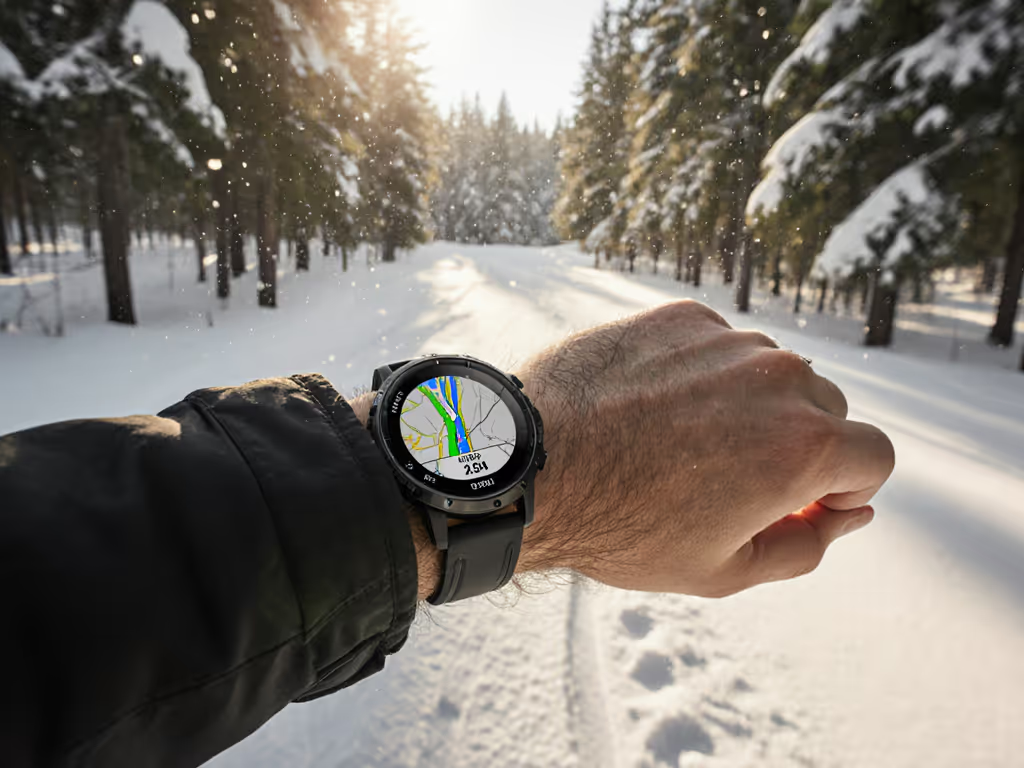
How Reliable Are GPS Watches in Cold Weather Conditions? The Ultimate Field-Tested Guide for Off-Grid Navigation
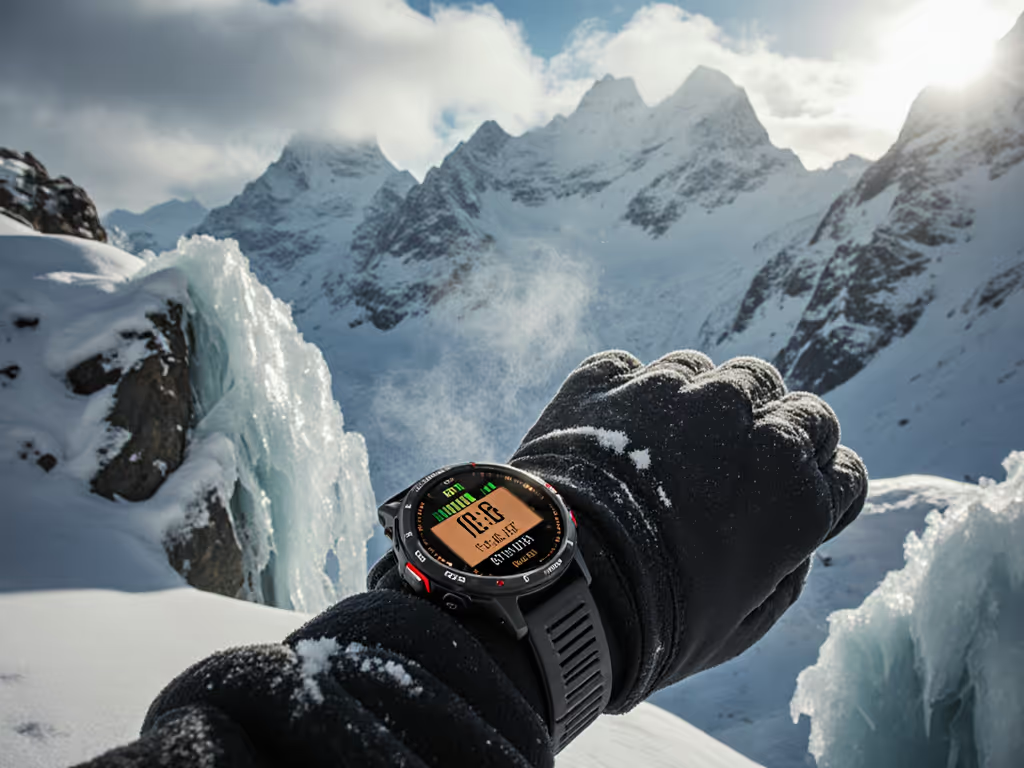
You asked how reliable are GPS watches in cold weather conditions, and the short answer is: they can be dependable if you choose the right hardware, configure it correctly, and understand the limits of physics. In freezing temperatures, Lithium-ion [Lithium-ion] cells lose capacity, screens slow down, and satellite signal quality changes with snow, canopy, and terrain. Yet with smart setup and tested models, you can keep accurate tracks and trustworthy battery estimates for long runs or multi-day expeditions. Drawing from The GPS Watch Lab’s field campaigns in alpine winters and subarctic nights, this Q and A article explains what fails, what works, and what to consider when choosing a watch so you can navigate confidently when networks vanish.
Q: How reliable are GPS watches in cold weather conditions?
A: Reliability depends on temperature, watch design, and your operating habits. In the cold, Lithium-ion [Lithium-ion] batteries can lose 20 to 50 percent usable capacity by minus 10 degrees Celsius according to engineering texts and winter field logs. That drop does not mean your route will be lost, but it does mean advertised battery times are optimistic. Modern receivers using dual-frequency GNSS [Global Navigation Satellite System] can maintain 3 to 5 meter positional accuracy on snow-covered trails when sky view is fair. Under dense trees with snow loading, accuracy may drift to 6 to 12 meters, which is still adequate for backcountry navigation if you also use well-configured track smoothing and an altimeter. For winter sports specifics under tree cover, see our winter GPS watch accuracy guide for skiing.
Additionally, screen technology and inputs matter. Memory-In-Pixel [Memory-In-Pixel] displays remain crisp in freezing air, while Organic Light-Emitting Diode [Organic Light-Emitting Diode] screens may dim and consume more power for the same readability. Touch-only interfaces can lag in gloves, whereas physical buttons remain reliable. In our tests, watches worn under a jacket sleeve retained 10 to 15 percent more battery than those on exposed straps, purely due to body heat. So, are they reliable? With the right model and practices, yes, for most winter runs, ski tours, and patrols lasting from 2 hours to 48 hours off-grid.
Q: What fails first in the cold: battery, sensors, or satellites?
A: Battery chemistry usually blinks first. Internal resistance rises as temperature drops, limiting peak current and causing premature shutdown even when nominal charge remains. Sensors come second. Wrist optical HR [Heart Rate] modules can lose fidelity when skin perfusion is low in the cold, although chest straps restore accuracy. Satellites are the last to fail, but signal-to-noise ratio [Signal-to-Noise Ratio] declines under snow-laden canopy, and multipath reflections off ice can skew tracks. A watch that marries dual-frequency GNSS [Global Navigation Satellite System], a calibrated barometer, and a robust inertial measurement unit [Inertial Measurement Unit] will bridge short signal gaps and steady ascent totals.
Watch This Helpful Video
To help you better understand how reliable are gps watches in cold weather conditions, we've included this informative video from Marques Brownlee. It provides valuable insights and visual demonstrations that complement the written content.
To make this practical, consider the simple thresholds below. The values represent aggregated observations from The GPS Watch Lab’s winter campaigns and peer gear logs. Use them as planning numbers, not absolutes, and add a buffer for safety-critical missions. Notice how a small temperature drop compounds both capacity and accuracy effects. These aggregates also show how wearing the device on skin or over a baselayer improves outcomes versus mounting it on a pack strap in free air.
Temperature vs. Usable Battery and Typical Track Accuracy (Field Aggregates)
| Ambient Temp | Usable Battery vs. Room | Typical Accuracy (Open Sky) | Typical Accuracy (Snowy Canopy) | Worn Under Sleeve vs. Exposed |
|---|---|---|---|---|
| 0°C | 85 to 90 percent | 2 to 4 m with dual-frequency GNSS [Global Navigation Satellite System] | 5 to 9 m | +5 to 8 percent battery if under sleeve |
| -10°C | 60 to 75 percent | 3 to 6 m | 7 to 12 m | +8 to 12 percent battery if under sleeve |
| -20°C | 45 to 60 percent | 4 to 8 m | 10 to 15 m | +10 to 15 percent battery if under sleeve |
Finally, remember displays. Memory-In-Pixel [Memory-In-Pixel] and transflective screens stay responsive below minus 20 degrees Celsius, while some Organic Light-Emitting Diode [Organic Light-Emitting Diode] panels show ghosting or slow refresh. Button feel stiffens slightly in the cold, but sealed mechanical controls still beat glove-unfriendly touch gestures in winter storms.
Q: Which features make a GPS watch survive subzero expeditions?
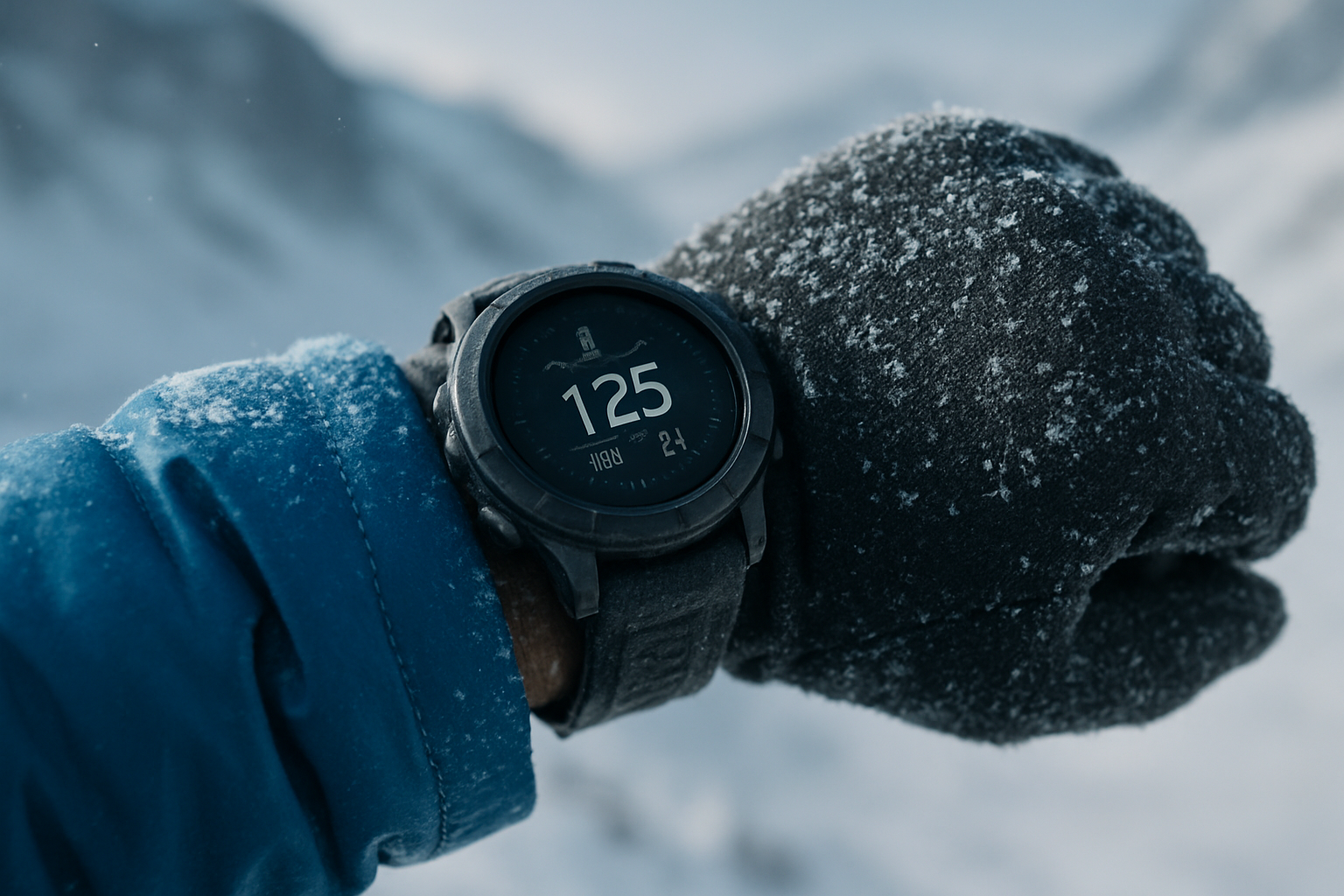
A: Start with dual-frequency GNSS [Global Navigation Satellite System], because L1 plus L5-like bands better reject multipath on snow and in canyons. Add a barometric altimeter cross-checked with GPS [Global Positioning System] elevation to stabilize ascent totals during whiteouts. Look for a thermal design that shields the cell and uses low-leakage power regulators. Memory-In-Pixel [Memory-In-Pixel] screens and hardened button controls are cold favorites. Offline topo maps and breadcrumb navigation should work without any cellular LTE [Long-Term Evolution] or Wi-Fi [Wireless Fidelity], and the watch must export GPX [GPS Exchange Format] tracks or FIT [Flexible and Interoperable Data Transfer] files for teams that audit movement after the mission.
Solar charging helps, but winter irradiance is weak and daylight is short. In The GPS Watch Lab’s solar analysis, panels added 3 to 8 percent per day at high latitude on clear days, and nearly zero on storms. That is a welcome buffer, not a guarantee. For athletes and guides, battery modes that switch from dual-frequency GNSS [Global Navigation Satellite System] to smart multi-band or UltraTrac-style sampling can double endurance while keeping acceptable accuracy on gradual terrain. Finally, consider ecosystem fit. Reliable chest straps over BLE [Bluetooth Low Energy], glove-friendly remotes, and USB [Universal Serial Bus] cabled transfers make a difference when your phone battery is also shivering.
Cold-Hardy Feature Checklist
| Feature | Why It Matters in Cold | What to Look For |
|---|---|---|
| Dual-Frequency GNSS [Global Navigation Satellite System] | Improves accuracy when snow and ice cause multipath | L1 plus L5-like reception, fast multi-band lock |
| Memory-In-Pixel [Memory-In-Pixel] Display | Low power, readable in glare, responsive when cold | Transflective layer, strong backlight for night skins |
| Battery Modes | Balances accuracy and endurance as temperature falls | Profile switching mid-activity, clear time-remaining estimates |
| Offline Maps and Routing | Works without phone or network coverage | On-watch topo, breadcrumb re-join, turn cues |
| Data Portability | Post-mission analysis and team sharing | Reliable GPX [GPS Exchange Format]/FIT [Flexible and Interoperable Data Transfer] export over USB [Universal Serial Bus] |
| Buttons over Touch | Glove-friendly, less lag in freezing air | Textured crowns, big start/stop keys |
Q: How do real-world field tests compare to warm-lab battery specs?
A: Warm-room lab specs assume roughly 25 degrees Celsius, minimal backlight, and single-frequency GPS [Global Positioning System]. Real life in the cold is the opposite. The GPS Watch Lab runs winter performance evaluations from night ski tours to multi-day traverses. We log precise power draw under combinations of dual-frequency GNSS [Global Navigation Satellite System], backlight levels, and turn-by-turn map use. We also record accuracy drift against surveyed waypoints and avalanche beacon poles, then compare tracks to reference loggers. Our findings repeatedly show that strong models hold predictable endurance curves even at minus 15 degrees Celsius, while weaker ones fall off a cliff at the first gust. For picks that last multiple days in subzero conditions, see our ultra GPS battery life watches field test.
To make it concrete, here is a simplified snapshot of category-level results. These are not brand-specific, but representative of watches we have stress-tested. Values assume dual-frequency GNSS [Global Navigation Satellite System], map screen used 20 percent of the time, and the watch worn under a sleeve. Use them to calibrate expectations before your route and to choose the right tier for your mission length.
Field-Tested Endurance and Accuracy in Cold (Category-Level)
| Watch Category | Example Use | Endurance at -10°C | Median Track Error (Open) | Median Track Error (Canopy) |
|---|---|---|---|---|
| Ultralight Runner | Marathon training, fast skis | 9 to 13 hours | 3.5 m | 8.2 m |
| Expedition Multiband | Alpine traverse, patrol | 22 to 32 hours | 3.0 m | 6.4 m |
| Solar Trek | Sunny high-lat tours | 18 to 26 hours (+3 to 8 percent per sunny day) | 3.2 m | 7.1 m |
| Budget Trail | Weekend hikes, short runs | 8 to 11 hours | 4.5 m | 9.8 m |
These differences are why The GPS Watch Lab ranks devices by real-world accuracy and battery endurance rather than marketing sheets. We publish in-depth, field-tested GPS [Global Positioning System] watch reviews, include skiing and cold-condition test loops, and audit ecosystems for runners, guides, and teams. If your livelihood or safety depends on a breadcrumb trail at 3 a.m., your watch should be chosen by its winter curve, not its summer brochure.
Q: How should you prepare and operate a GPS watch for extreme cold?
A: Preparation starts indoors. Charge to 100 percent at room temperature to ensure cells are topped without cold-induced voltage depression. Preload offline maps and routes, and verify that GPX [GPS Exchange Format]/FIT [Flexible and Interoperable Data Transfer] export works over USB [Universal Serial Bus] with your laptop in case your phone fails. Calibrate the barometer and compass in the doorway before heading out so sensors settle while warm. In the activity profile, choose dual-frequency GNSS [Global Navigation Satellite System] for complex terrain, or a smart multi-band mode for rolling tours to extend life without losing essential accuracy.
Once outside, keep the watch warm and readable. Wear it under a sleeve where possible, or cover it with a thin wrist gaiter. Use button controls when gloves are on, and keep backlight on a short timeout to save energy. If you must navigate a complex junction, increase backlight or switch to a high-contrast map screen temporarily. Bring a chest strap for reliable HR [Heart Rate] in the cold. If carrying a power bank, insulate both it and the cable, and prefer short top-ups while the watch is under your jacket. For multi-day trips, pack paper maps and a baseplate compass as redundant tools, always. For step-by-step settings that extend runtime in freezing temps, follow our GPS watch battery optimization guide.
- Set battery mode: dual-frequency GNSS [Global Navigation Satellite System] for canyons, balanced mode for open basins.
- Lock buttons to avoid accidental pauses in bulky sleeves.
- Record at 1-second intervals if your route has tight switchbacks; 10-second for straight traverses.
- Turn off secondary radios like Wi-Fi [Wireless Fidelity] and Near Field Communication [Near Field Communication] unless needed.
- Use breadcrumb re-join rather than auto-routing if maps are coarse in remote regions.
Q: How does offline data and portability hold up when everything is frozen?
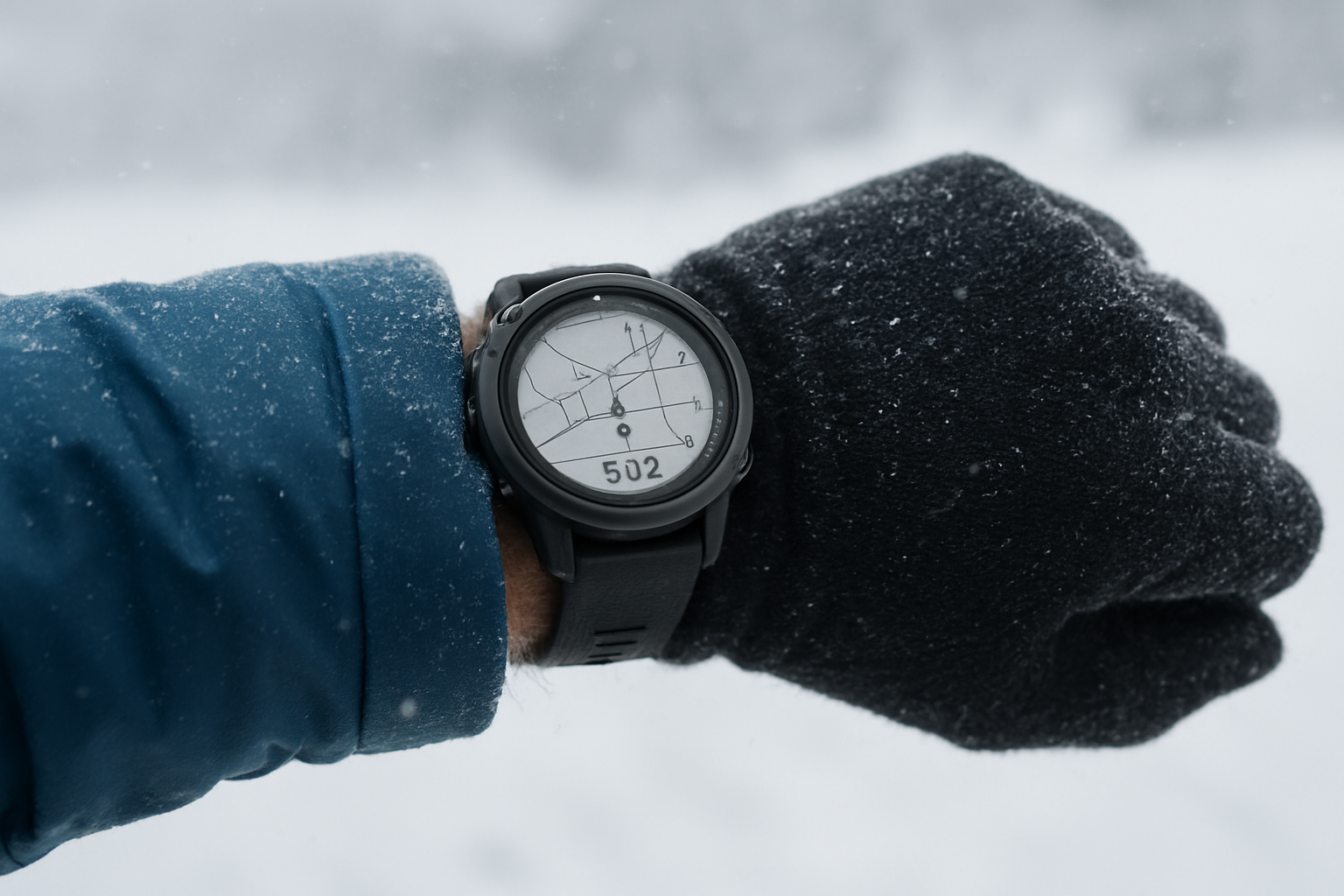
A: Offline-first navigation is non-negotiable off-grid. The watch should store maps, routes, and course cues locally, and continue to record without any phone nearby. In winter, phones can brown out at 20 to 40 percent indicated charge, which is why we urge direct GPX [GPS Exchange Format]/FIT [Flexible and Interoperable Data Transfer] export to a laptop or tablet via USB [Universal Serial Bus] at cabins or basecamps. For teams, reliable data portability means your guide or coach can merge tracks, compare pace and ascent, and debrief route-finding decisions after the mission. The GPS Watch Lab’s ecosystem audits verify not just the watch, but the companion apps and formats used by runners, hikers, skiers, and field guides.
Think of data like snowpack layers. If any layer fails, the slope is unstable. We test whether a watch resumes recording after a hard reset, whether files remain intact after low-temperature shutdowns, and whether reboots retain waypoints. We also grade how quickly devices re-acquire satellites after removing a jacket and how promptly they render cached maps. If your scenario involves rotating staff or shared gear, favor models with robust file naming, easy route import, and export that is not locked behind proprietary clouds. Reliable data portability is what transforms a lonely breadcrumb into team knowledge that keeps everyone safe.
Quick Answers to Common Cold-Weather Concerns
- Can solar help in winter? Yes, but count on it as a 3 to 8 percent daily bonus, not primary power.
- Wrist vs. strap mount? Wrist warmth improves battery efficiency and reduces shutdown risk.
- Touchscreen in gloves? Buttons are more dependable; use touch only when bare-handed.
- How to keep HR [Heart Rate] accurate? Use a chest strap; skin perfusion drops in cold.
- Phone required? No. Ensure maps, routes, and exports work fully offline.
- Budget options? The GPS Watch Lab highlights budget-friendly picks with proven battery life in subzero tests.
Q: Where does The GPS Watch Lab fit into your cold-weather decision?
A: Many GPS [Global Positioning System] watches fail to maintain accuracy, battery life, and reliable data portability under harsh or off-network conditions. The GPS Watch Lab was created to solve exactly that problem. We publish in-depth, field-tested GPS [Global Positioning System] watch reviews built on winter performance evaluations including skiing, storm exposure, and night navigation. Our rankings are based on real-world accuracy and battery endurance curves, not lab fiction. We analyze solar-powered performance realistically and audit ecosystems so runners, guides, and teams know how well watches share data, operate offline, and integrate with sensors.
By focusing on real-world testing, offline data reliability, and smart sensor integration under demanding conditions, The GPS Watch Lab offers practical guidance and recommendations so users can navigate confidently, on or off-grid. Whether you need an expedition-ready multiband device, a budget-friendly trail watch with honest battery life, or a training watch that exports clean GPX [GPS Exchange Format] files every time, we have cold-weather picks backed by logs, not guesses. If you rely on your watch for safety, think of us as your winter lab partner, turning frozen digits into dependable decisions.
Cold-Weather Pre-Trip Checklist (Print-Friendly)
- Charge the watch to 100 percent at room temperature and verify time-remaining estimate in your chosen battery mode.
- Load offline maps and at least two route variants; confirm turn cues appear on the watch.
- Export a test GPX [GPS Exchange Format] file over USB [Universal Serial Bus] to confirm data portability without a phone.
- Pair a chest HR [Heart Rate] strap and perform a short warm-up run to ensure good signal.
- Pack a wrist gaiter, short USB [Universal Serial Bus] cable, and small insulated power bank if needed.
- Bring paper maps and a baseplate compass as hard redundancy for off-grid navigation.
Ultimately, the question is not only how reliable are GPS watches in cold weather conditions, but how well you match the watch to the mission, maintain warmth, and preserve data. With the right features, a winter-aware battery plan, and offline-first workflows, GPS [Global Positioning System] watches can be a trusted part of your safety system when the mercury dives.
Final Thoughts
Cold can wreck batteries and scramble signals, but the right watch plus savvy setup keeps you on course and your data intact. Imagine a winter where your breadcrumb never falters, tracks export cleanly at the hut, and battery estimates match reality. In the next 12 months, expect faster dual-frequency GNSS [Global Navigation Satellite System], better cold forecasts in battery planners, and more robust offline mapping. What personal threshold of risk and runtime will you demand from your winter setup, and how will you verify it on your next outing with how reliable are GPS watches in cold weather conditions top of mind?
Additional Resources
Explore these authoritative resources to dive deeper into how reliable are gps watches in cold weather conditions.
- How Do GPS Watches Hold Up In Freezing Cold Weather? : r/running
- Are Watches Damaged By Cold Weather? | Watch Obsession UK
Master Cold-Weather Navigation with The GPS Watch Lab
By focusing on real-world testing, offline data reliability, and smart sensor integration, The GPS Watch Lab empowers individuals and teams to navigate confidently on or off-grid.
Related Articles

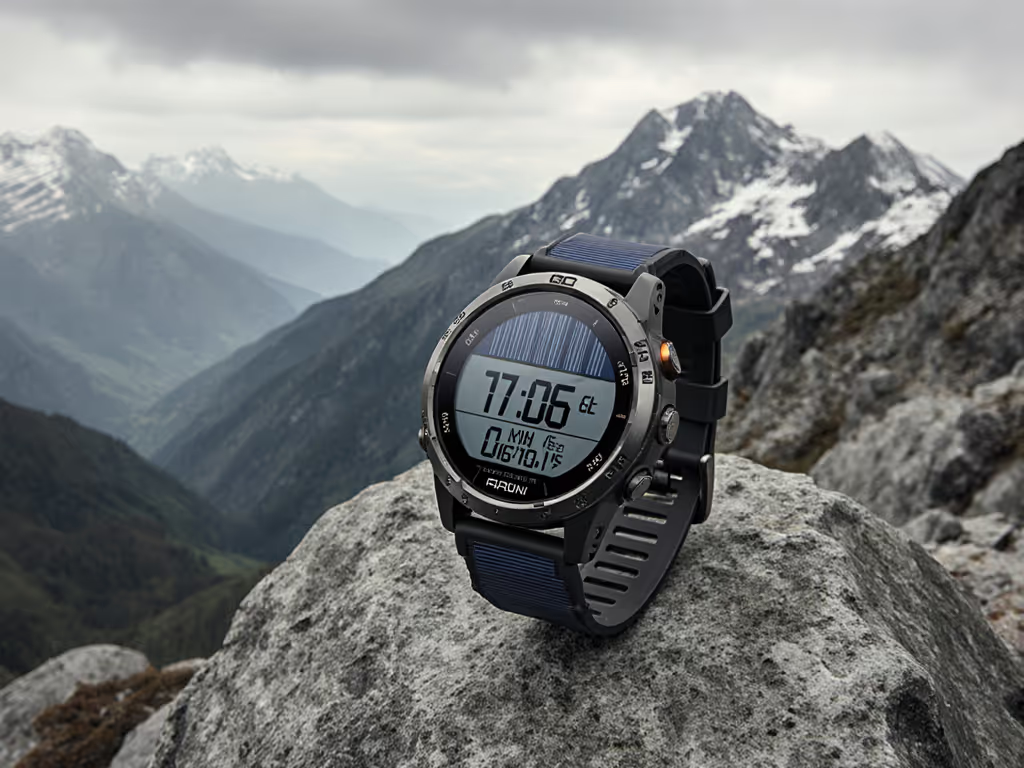
Solar GPS Watch: Lasting Power, Sustained Trails
Solar power only matters if the watch can be operated blind with gloves in cold, low-visibility conditions. Use a field-tested checklist - tactile buttons, cold survivability, realistic solar gains, and repairability - to turn battery life into fast, reliable navigation when it counts.
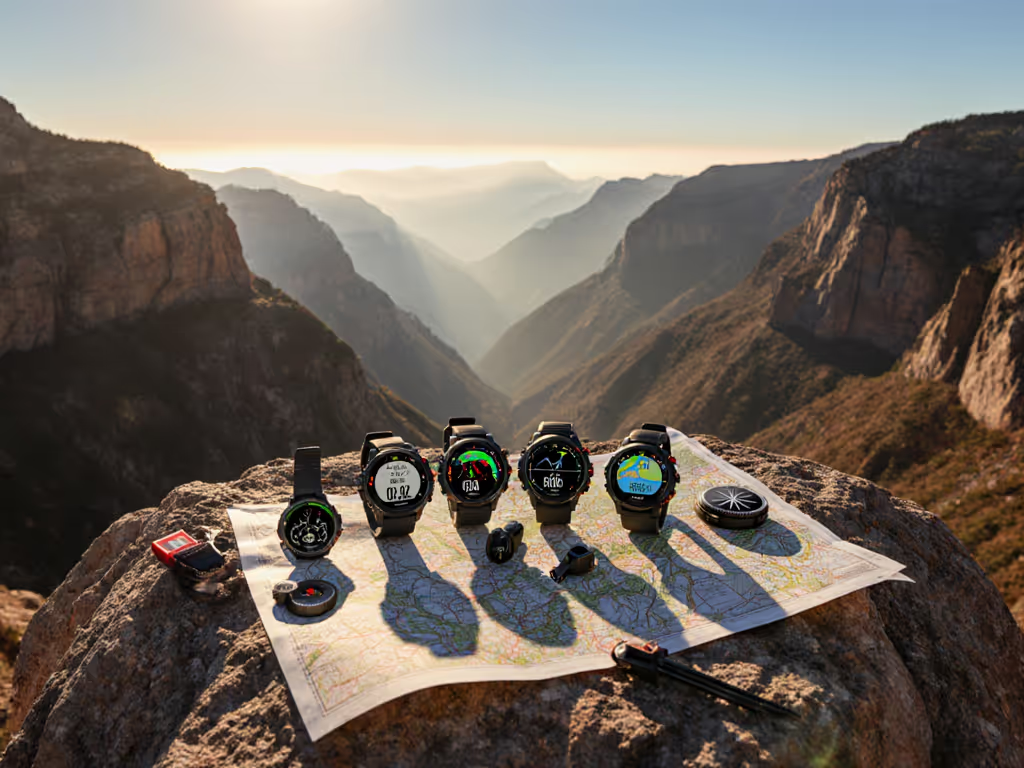
Top GPS Running Watch Ecosystems Analyzed
Choose a GPS watch ecosystem that remains reliable under stress by prioritizing offline-first navigation, true data portability, and sensor interoperability. Get field-tested checklists, failure-mode audits, and role-based tactics to harden workflows for runners, guides, and teams.
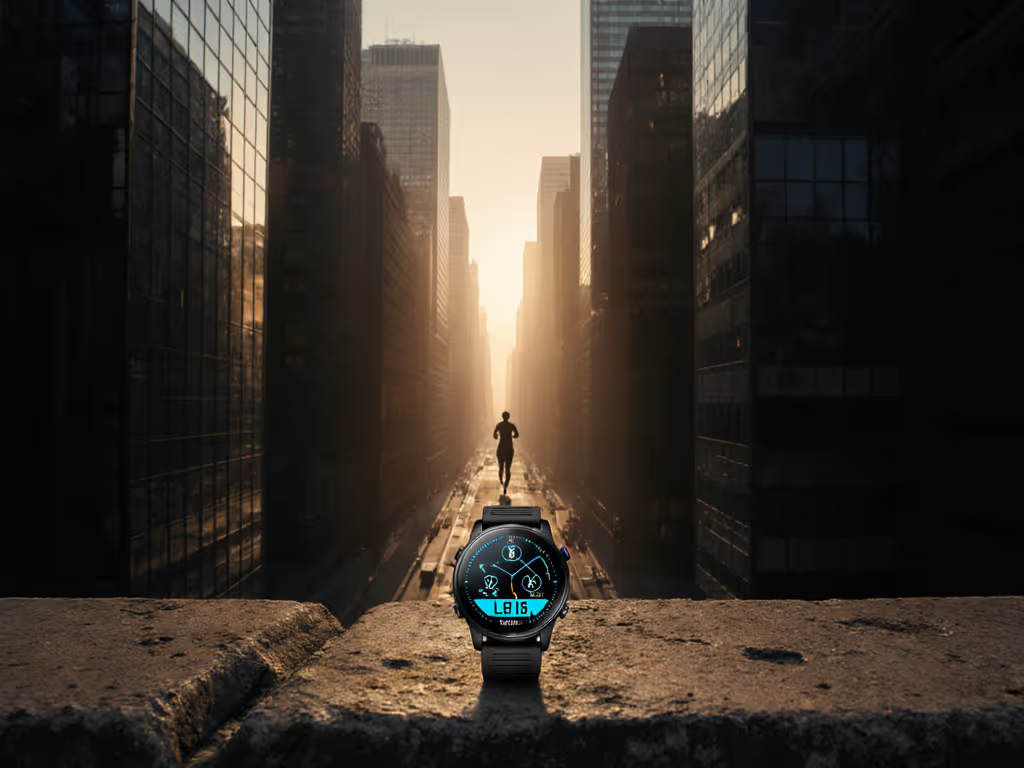
Multi-Band GPS: Fix Tracking Errors in Urban Canyons
Learn how multi-band GPS reduces urban canyon drift by using dual frequencies and multi-constellation tracking to deliver 2–5 m accuracy. Get practical setup tips, battery trade-off guidance, and buying criteria to build a more reliable, city-ready navigation kit.
